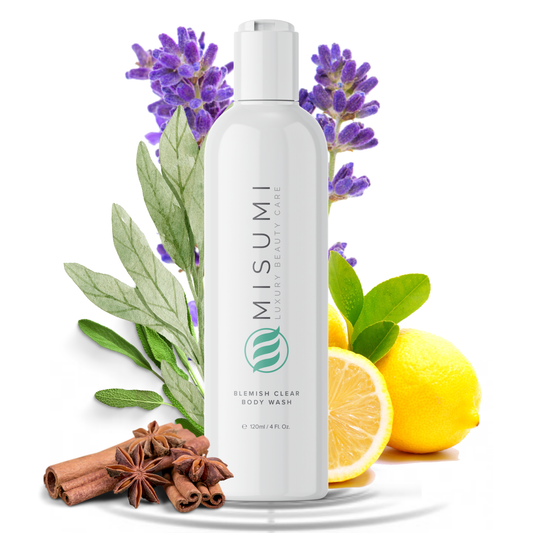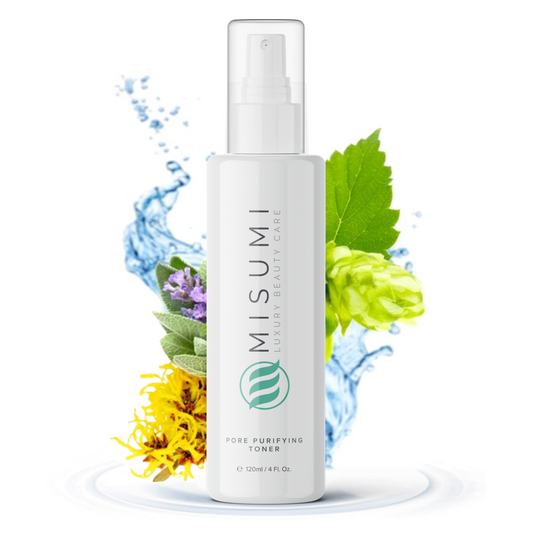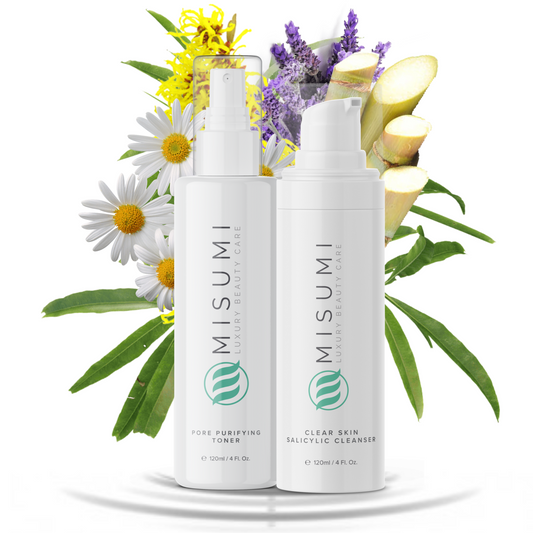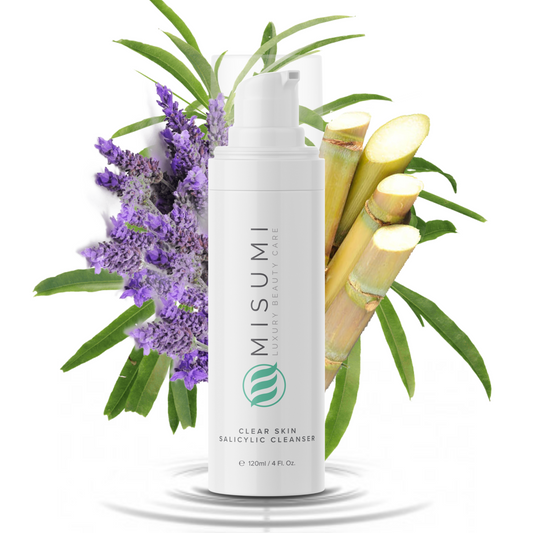You might wonder what questions your provider will ask or how they'll determine the best cosmetic treatments for you during your first skincare treatment consultation. Understanding what happens during these appointments helps you prepare and feel more confident about your skincare journey.
Your consultation sets the foundation for successful aesthetic treatments. This is the roadmap session where you and your provider plan your path to achieving your beauty goals. This meeting isn't just about picking treatments - it's about creating a personalized approach that works specifically for you.
What Are the Key Goals of an Aesthetic Consultation?
Your provider wants to understand exactly what you hope to achieve through aesthetic treatments. They'll ask about specific areas that bother you and what changes you'd like to see. This conversation helps them grasp your vision and expectations clearly.
During this discussion, you'll talk about your preferences and any concerns you have about certain cosmetic treatments. Your practitioner will listen carefully to understand what matters most to you. They might ask you to point out areas you'd like to improve or show them photos of looks you admire.
Setting realistic expectations becomes a priority during this phase. Your provider will explain what's achievable with different skincare treatments and help align your goals with what's medically possible. This honest conversation prevents disappointment and ensures you're both working toward the same outcomes.
Why Is a Detailed Medical History Important During the Consultation?
Your medical background directly affects which aesthetic treatments are safe for you. Conditions like autoimmune disorders or certain skin problems can influence treatment choices. Your provider needs this information to avoid complications and select the most appropriate cosmetic treatments.
Current medications and supplements play a huge role in treatment planning. Blood thinners, for example, can increase bruising risk with injectable treatments. Your provider will review everything you're taking to ensure your safety during and after procedures.
Past aesthetic procedures, allergies, and even psychological factors matter too. If you've had previous cosmetic treatments, your provider needs to know what worked and what didn't. This history helps them understand your skin’s response patterns and choose the best approach for your current skincare treatments.
In a discussion about consultation standards, Kristen — owner of a well-known skincare clinic in Fredericton — explains:
“When we review a full medical history, we're prioritizing patient safety and long-term results. Every skin journey is unique, and understanding health background allows us to recommend treatments responsibly and ethically.
How Does a Physical and Skin Assessment Influence Treatment Recommendations?
Your provider will examine your facial structure, skin quality, and areas of volume loss during the assessment. They're looking at your unique anatomy to understand how different aesthetic treatments might work on your specific features. This examination helps them recommend the most effective approaches.
Skin condition evaluation covers texture, elasticity, hydration levels, and any sun damage or pigmentation issues. Your provider checks for signs of aging, acne scarring, or other concerns that might affect treatment outcomes. They might use special lighting or magnification to see details clearly.
This thorough assessment allows your provider to create a customized treatment plan just for you. Instead of offering generic cosmetic treatments, they can recommend specific procedures that address your unique skin needs. The evaluation ensures you get treatments that will actually work for your particular situation.
What Types of Treatments Are Typically Recommended During the Consultation?
Your provider will suggest specific aesthetic treatments based on your goals and assessment results. They might recommend Botox for wrinkles, fillers for volume loss, or other cosmetic treatments that match your needs. Each recommendation comes with an explanation of why it's suitable for you.
You'll learn how each suggested treatment works and what results you can realistically expect. Your provider explains the science behind different skincare treatments so you understand what's happening to your skin. They'll be honest about timelines and the degree of improvement you might see.
Alternative options are always part of the discussion. Your provider will present different approaches to achieving your goals, explaining the benefits and drawbacks of each. This gives you choices and helps you make informed decisions about which aesthetic treatments feel right for you.
What Risks and Complications Should You Discuss With Your Provider?
Common side effects like bruising and swelling are normal with many aesthetic treatments. Your provider will explain which symptoms to expect and how long they typically last. Understanding these temporary effects helps you plan your treatment timing around important events.
Serious complications, though rare, need discussion too. Issues like infection or vascular problems can occur with certain cosmetic treatments. Your provider will explain warning signs to watch for and when to contact them immediately if problems arise.
This risk discussion ensures you can give proper informed consent for your skincare treatments. You'll understand both common and uncommon complications before making your decision. This transparency helps you weigh the benefits against potential risks and make choices you're comfortable with.
How Long Will Recovery Take After Aesthetic Treatments?
Recovery times vary significantly depending on which cosmetic treatments you choose. Some procedures require no downtime, while others might need several days of healing. Your provider will give you specific timelines based on your planned aesthetic treatments and your skin's typical healing patterns.
Certain activities might be off-limits temporarily after your procedure. Exercise, makeup application, or sun exposure could interfere with healing or affect your results. Your provider will give you a clear list of what to avoid and for how long.
Follow-up appointments are often part of the recovery process. These visits let your provider monitor your healing and address any concerns. They might schedule check-ins to ensure your skincare treatments are progressing as expected and make any necessary adjustments to your aftercare routine.
How Are Results Measured and Maintained Over Time?
Different aesthetic treatments last varying amounts of time before you need touch-ups. Botox typically lasts three to four months, while some fillers can last over a year. Your provider will explain the longevity of each cosmetic treatment you're considering.
Maintenance schedules help you plan and budget for ongoing skincare treatments. Your provider will suggest timing for follow-up appointments to maintain your results. They might recommend coming back before effects completely wear off to maintain consistent appearance.
Some treatments may need adjustments after your initial session. Your provider might want to add more product or modify the approach based on how you heal. These follow-up sessions help optimize your results and ensure you're happy with your aesthetic treatments.
What Should You Do Before and After the Consultation?
Prepare for your consultation by listing all medications and supplements you take. Bring photos of looks you like or specific concerns you want to address. Having clear goals written down helps you communicate effectively with your provider about desired cosmetic treatments.
Think about your lifestyle and any upcoming events that might affect treatment timing. If you have weddings or important meetings coming up, mention these during your consultation. This information helps your provider recommend appropriate aesthetic treatments and timing.
After your consultation, take time to consider the recommended skincare treatments before making decisions. Review any materials your provider gives you and don't hesitate to call with additional questions. Good providers want you to feel completely comfortable before proceeding with any procedures.
How Can You Ensure You Choose the Right Provider for Your Consultation?
Research your provider's credentials and training in aesthetic treatments before scheduling. Look for board certification, specialized training, and experience with the specific cosmetic treatments you're considering. Check their before-and-after photos to see if their work matches your aesthetic preferences.
Read reviews from other patients who've had similar skincare treatments. Pay attention to comments about the consultation process, results, and overall experience. Multiple positive reviews about communication and results are good signs of a quality provider.
Trust your instincts during the consultation itself. You should feel comfortable asking questions and confident in your provider's expertise. If something feels off or you're being pressured into aesthetic treatments, consider getting a second opinion. The right provider will support your decision-making process without rushing you.








